Ride.
Pärnu to Tallinn coastal route.

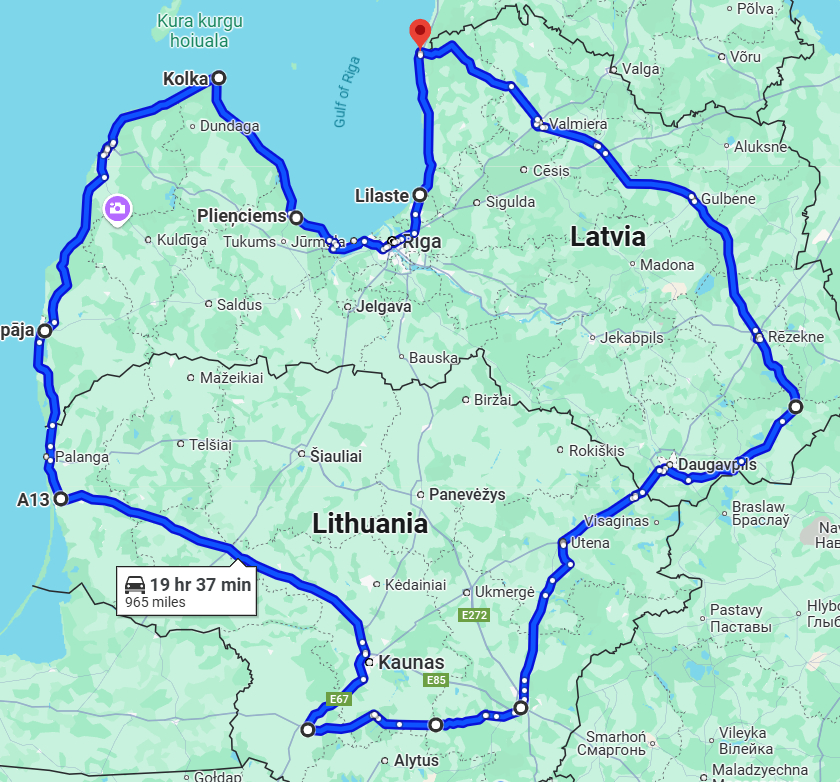
- Miles: 970
- Start: anywhere on trip
- End: anywhere on trip
- Time: 2 to 3 days
- Suitability: any A2 or above
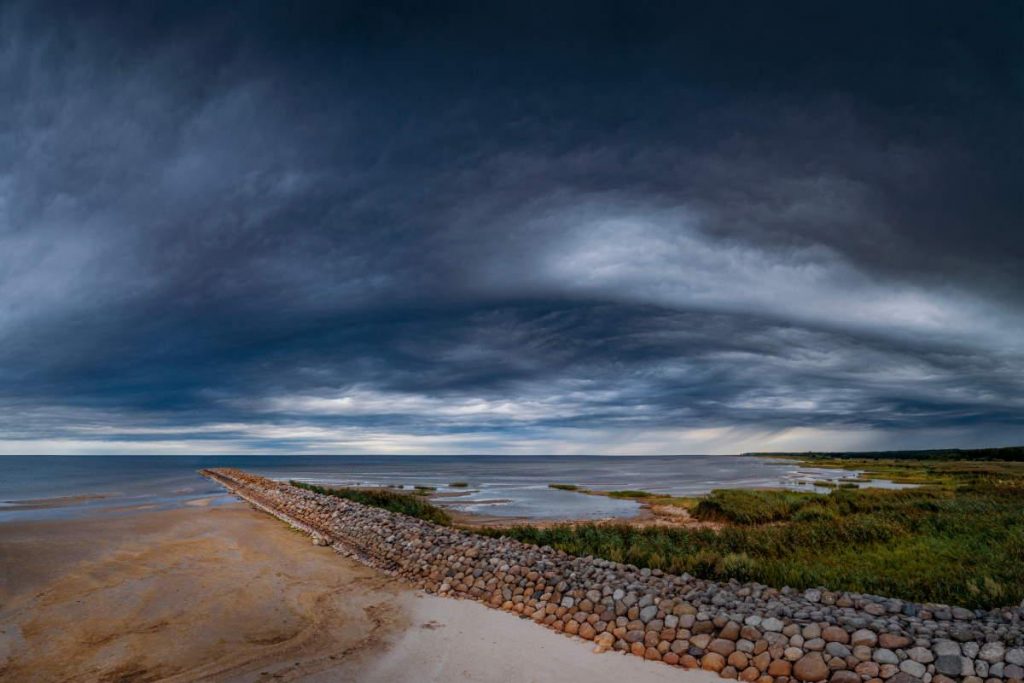
Ainaži is a Latvian port town by the Gulf of Riga in the Baltic Sea. Administratively, it is part of the Limbaži Municipality in the Vidzeme region of Latvia. It is located on the south side of the Estonia-Latvia international border, on the site of an ancient Livonian fishing village
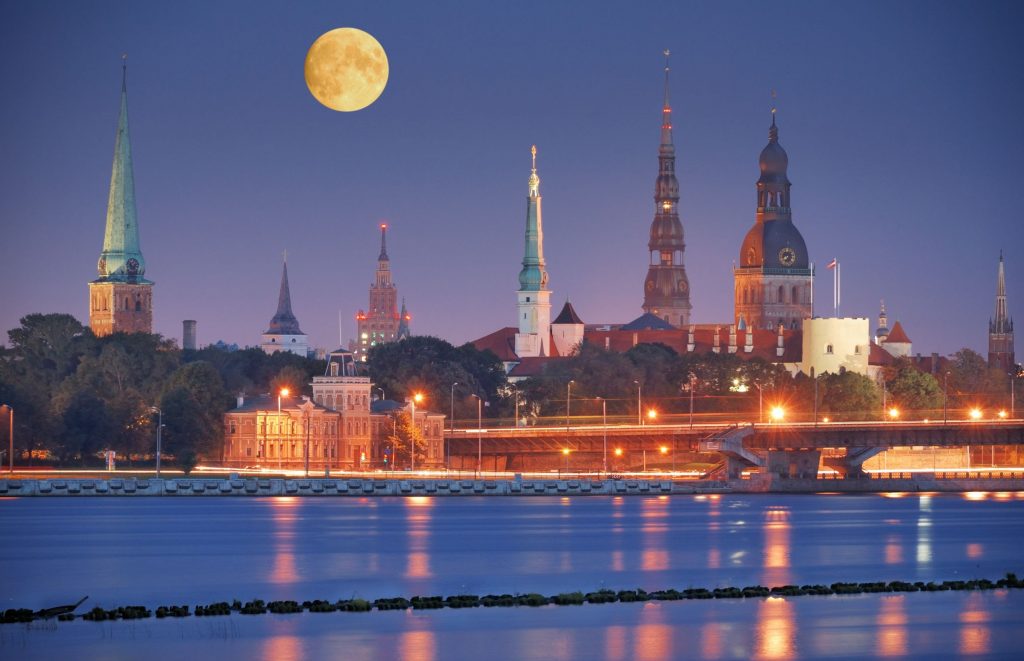
Riga, Latvia’s capital, is set on the Baltic Sea at the mouth of the River Daugava. It’s considered a cultural center and is home to many museums and concert halls. The city is also known for its wooden buildings, art nouveau architecture and medieval Old Town. The pedestrian-only Old Town has many shops and restaurants and is home to busy Livu Square, with bars and nightclubs.
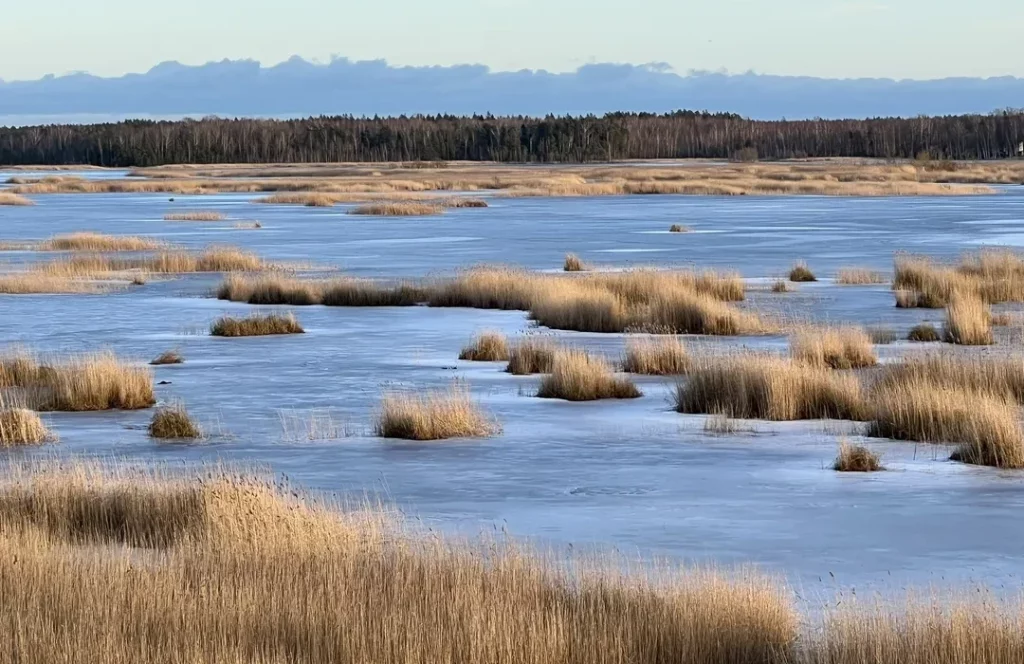
Ķemeri National Park is a sizable national park offering a visitor center & boardwalks, plus trails & bird observation towers.
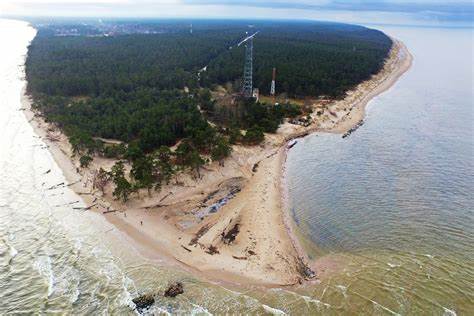
Kolka is a large village in Kolka Parish, Talsi Municipality, on the tip of Cape Kolka in Courland in Latvia, on the coast of the Gulf of Riga.
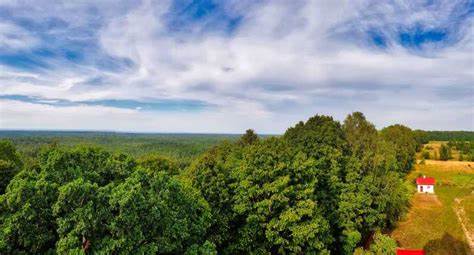
Slītere National Park. Bird-rich park with forest & beach hiking trails, plus observation towers & a lighthouse.
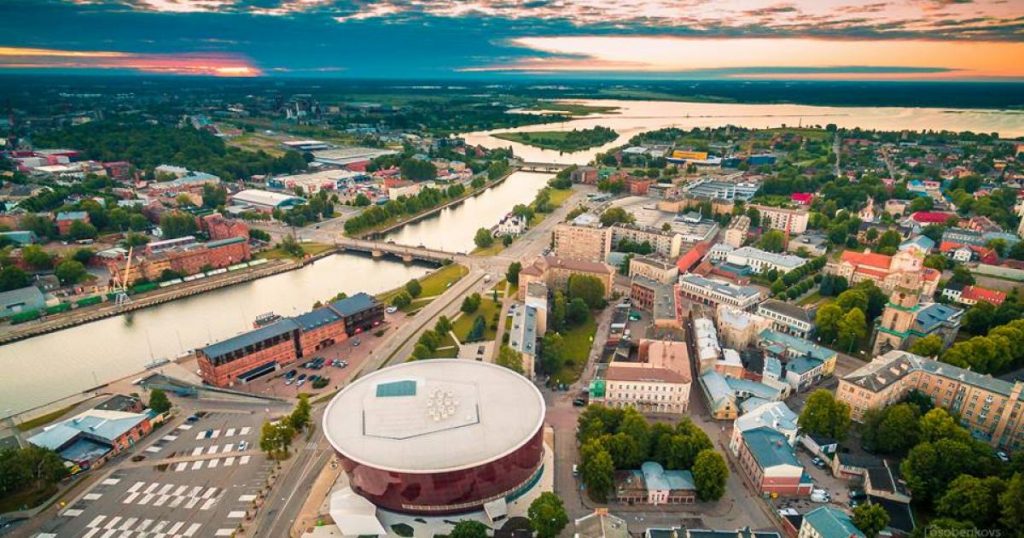
Liepāja is a port city on Latvia’s west coast. It’s known for long Liepāja Beach, on the Baltic Sea. The beach is backed by Seaside Park, featuring a concert stage, a former bathhouse and the Ghost Tree, a monument to the influential Latvian rock band, Līvi. In the center, the Latvian Musicians’ Alley of Fame has plaques dedicated to the nation’s musicians. Holy Trinity Cathedral houses a huge mechanical organ.
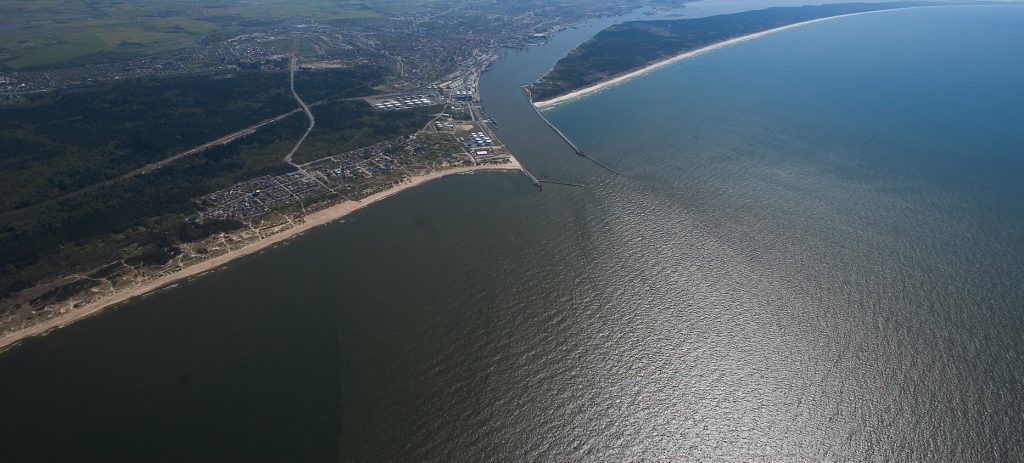
Būtingė is a small village at the coast of the Baltic Sea in the north of Lithuania, at the border to Latvia. It belongs to Palanga City Municipality, and is situated 17 km north of the town Palanga. The village has long time belonged to Livonia, and is a part of Lithuania since 1921.
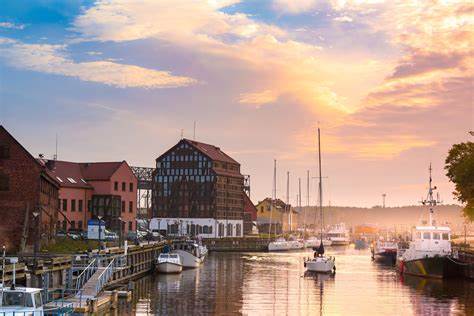
Klaipėda is a port city in Lithuania, where the Baltic Sea meets the Danė River. The old town features German-style, 18th-century wood-framed buildings. Theater Square, the city’s main gathering spot, is home to the neoclassical Drama Theater. The square’s 1912 Taravos Anikė sculpture pays tribute to a local poet. The waterside Lithuanian Sea Museum includes dolphin shows and maritime exhibits in a 19th-century fort.
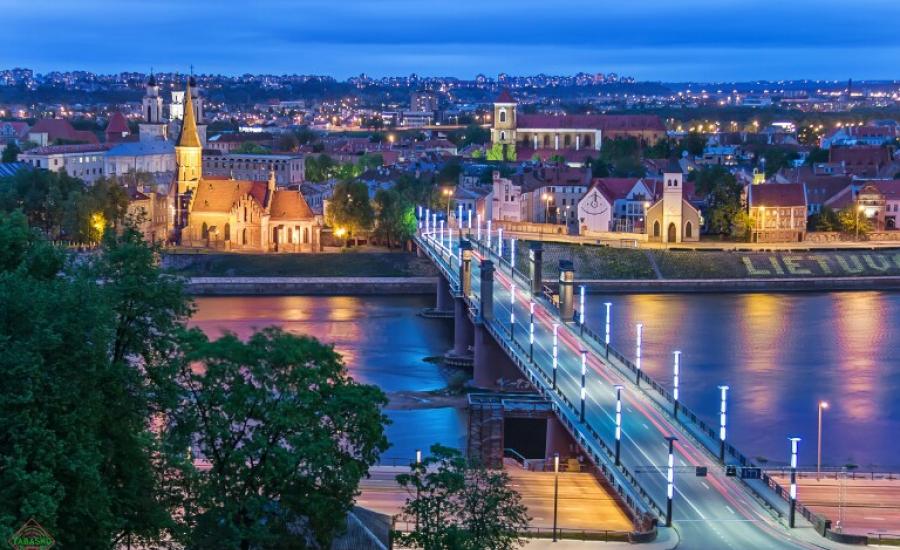
Kaunas is a city in south-central Lithuania. At the confluence of the Neris and Nemunas rivers, Kaunas Castle is a medieval fortress housing historical exhibitions. To the east, the old town is home to the Kaunas Cathedral Basilica, with its ornate interior, and the Gothic spires of the Hanseatic House of Perkūnas. Laisvės Alėja, a pedestrianized street lined with trees and cafes, crosses the city from west to east.
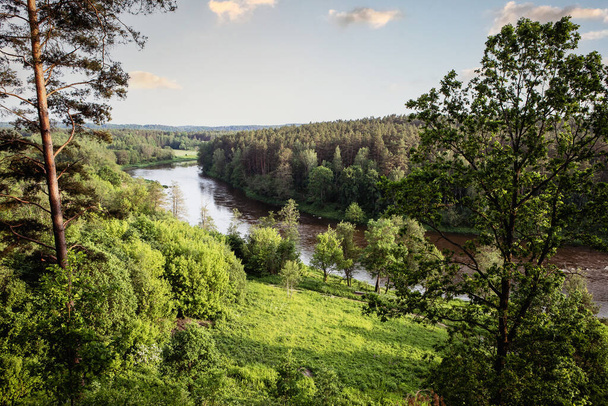
Neris Regional Park is a expansive protected area of hilly forests & river valleys, with wilderness trails, biking & rafting.
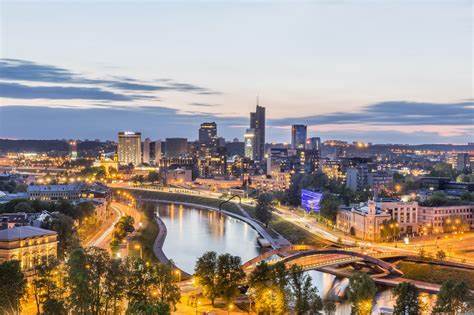
Vilnius, Lithuania’s capital, is known for its baroque architecture, seen especially in its medieval Old Town. But the buildings lining this district’s partially cobblestoned streets reflect diverse styles and eras, from the neoclassical Vilnius Cathedral to Gothic St. Anne’s Church. The 16th-century Gate of Dawn, containing a shrine with a sacred Virgin Mary icon, once guarded an entrance to the original city.
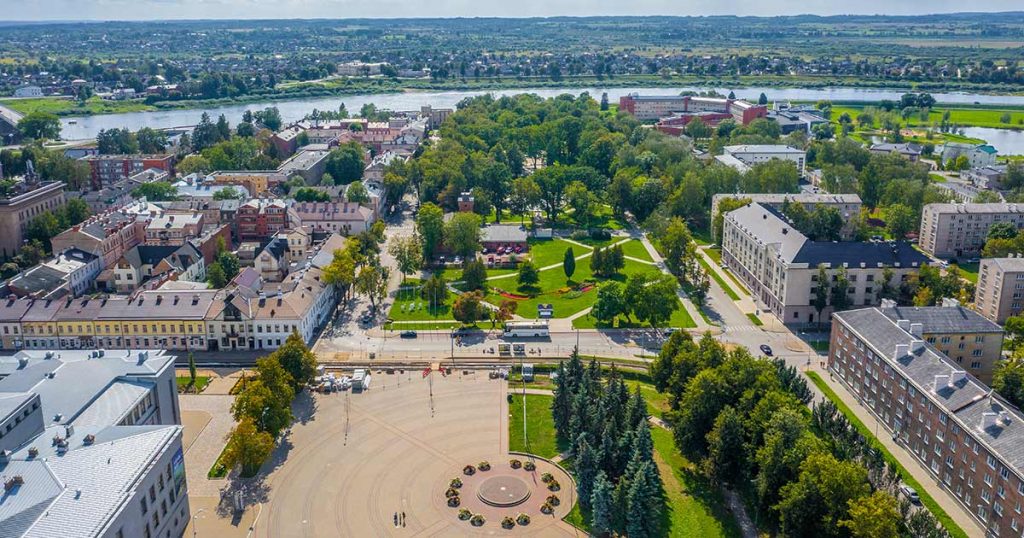
Daugavpils is a state city in south eastern Latvia, located on the banks of the Daugava River, from which the city derives its name. The parts of the city to the north of the river belong to the historical Latvian region of Latgale, and those to the south lie in Selonia
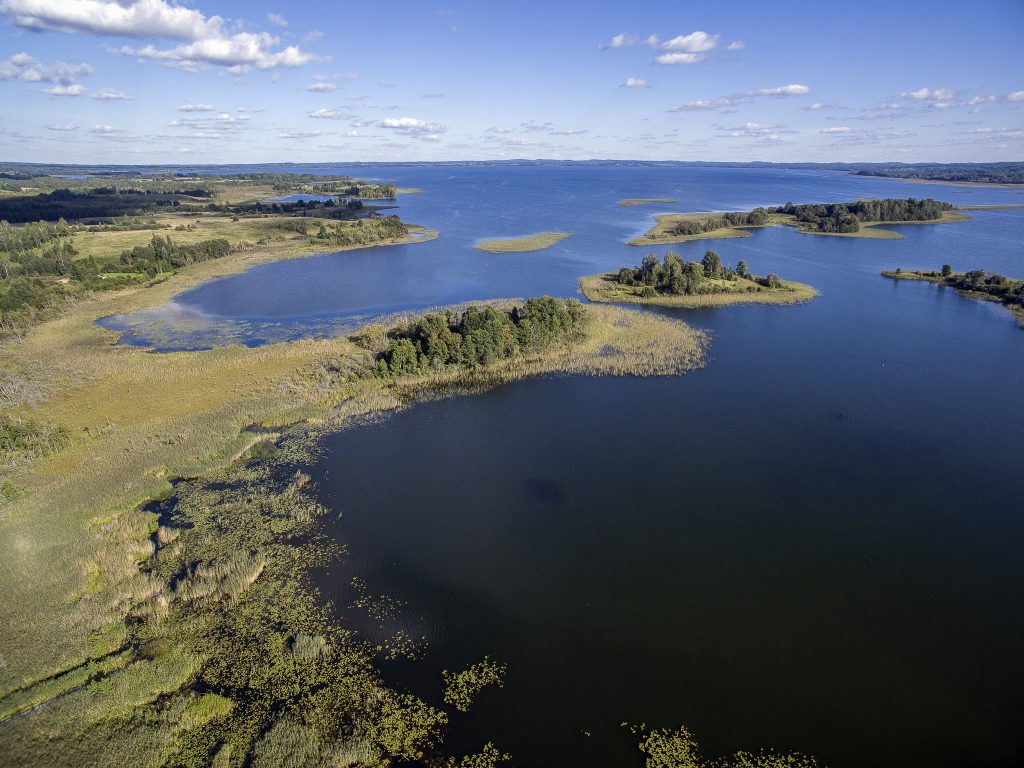
Rāznas nacionālais park is a vast protected area of lakes, meadows & spruce forests, popular for fishing & canoeing.
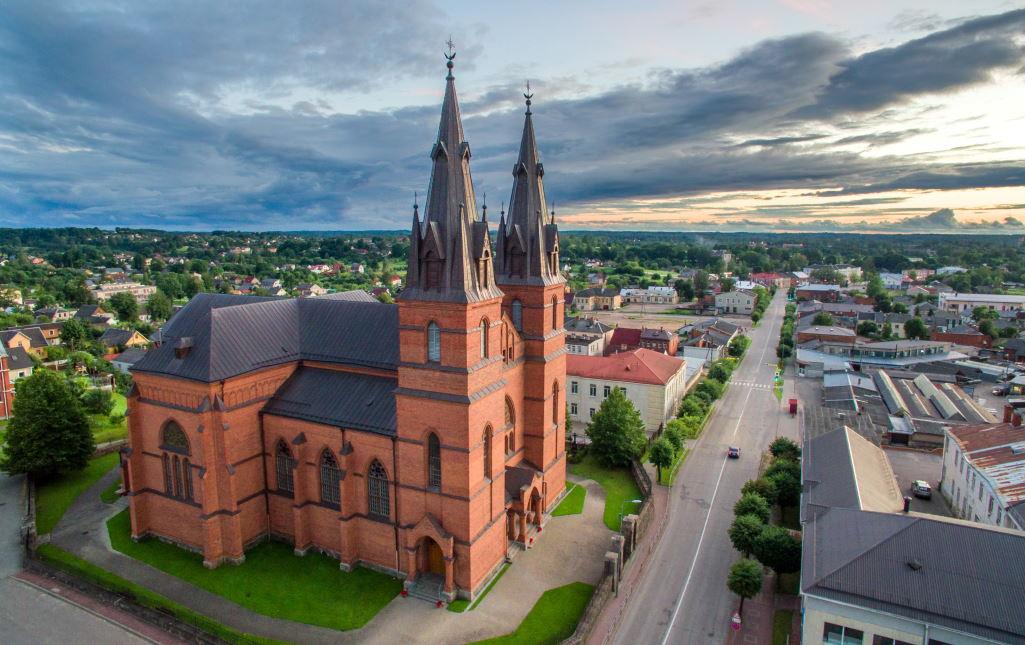
Rēzekne is a state city in the Rēzekne River valley in the Latgale region of eastern Latvia. It is called The Heart of Latgale.
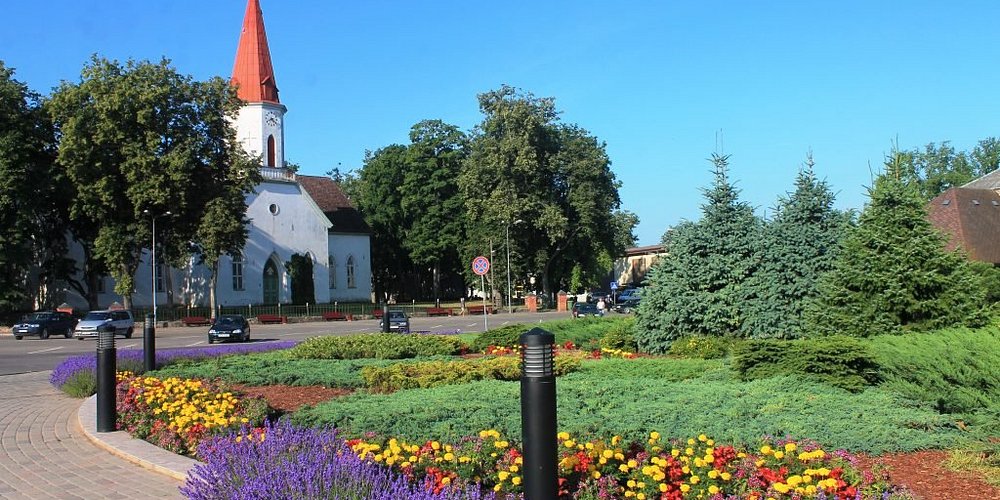
Smiltene is a town in the Vidzeme region in northern Latvia, 82 miles (132 km) north east of the capital Riga, and the administrative centre of Smiltene Municipality.
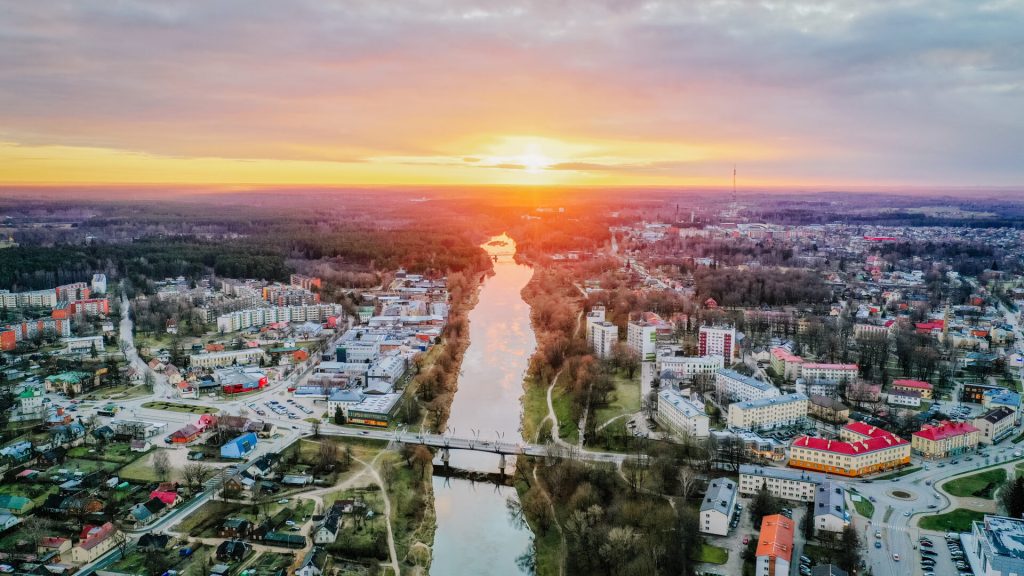
Valmiera is the second largest city of the historical Vidzeme region, Latvia, with a total area of 19.35 square kilometres. It is a state city, and is the seat of the Valmiera Municipality.
